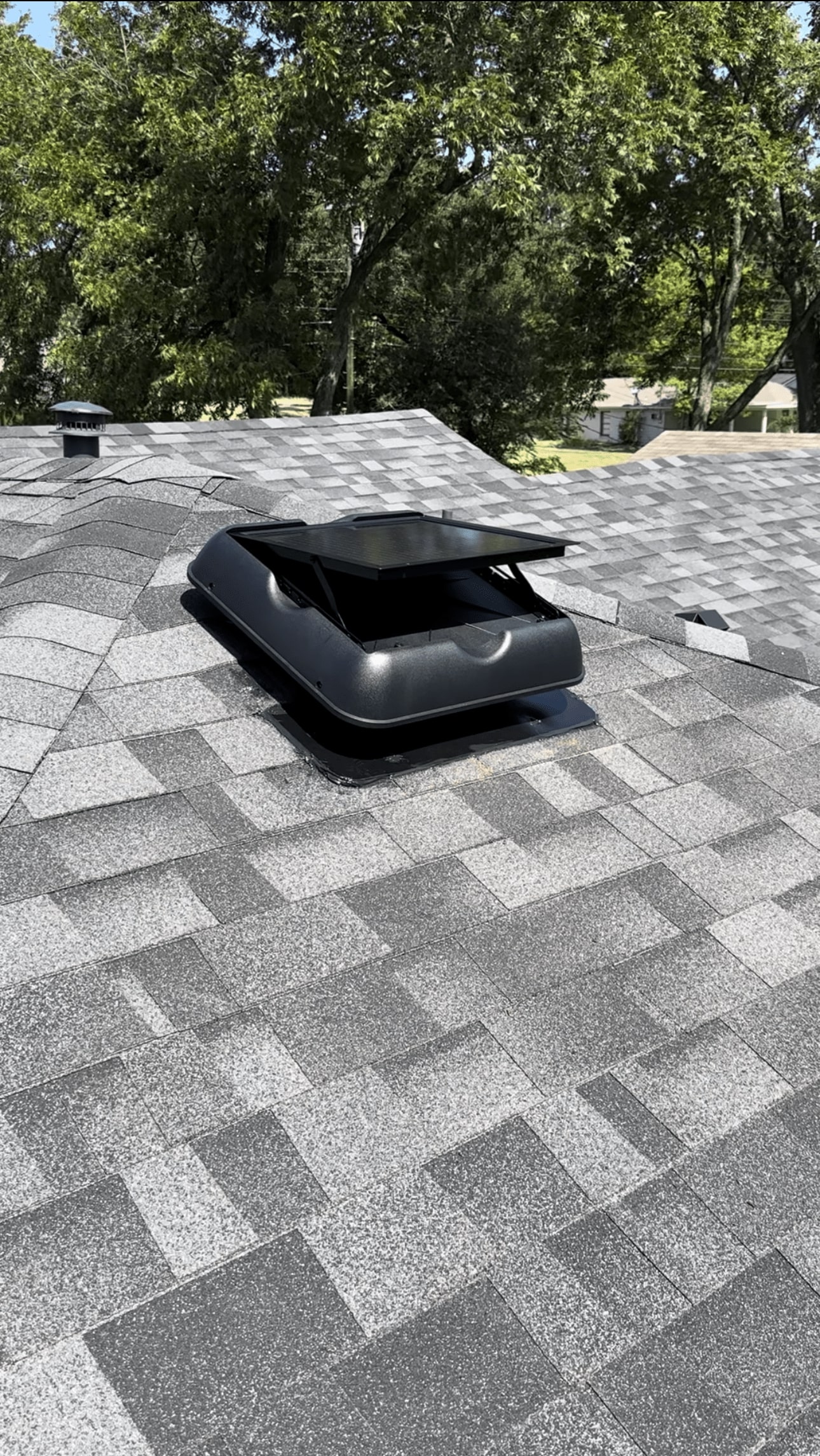Green Attics Fundamentals Explained
Table of ContentsThe Basic Principles Of Green Attics Green Attics Things To Know Before You Get ThisHow Green Attics can Save You Time, Stress, and Money.The Only Guide to Green AtticsThe Ultimate Guide To Green AtticsAll About Green Attics
Posted by Service Champions A/c BlogWhen you switch on your home heating, you desire it to remain inside your home - Air conditioning repair. Powering up the home heating causes the warmth to rise directly up right into your attic room. It's after that up to your attic room insulation to do its work and obstruct the warm from leavingWhich attic insulation is ideal? This short article will lay out the 4 types of attic room insulation you can choose from, plus dive into the pros and disadvantages of each.

The Basic Principles Of Green Attics
Why is fiberglass batt insulation so popular? It's numerous benefits consist of: As a whole, fiberglass is considerably eco-friendly.
Fiberglass batt insulation hardly ever reduces or falls down. This results from the air pockets that occur in production. Installment is simple. It's so uncomplicated that lots of property owners select DIY setup. If you follow this course, you 'd be dodging an installation charge. Fiberglass batt insulation is also soundproof, helping in reducing outside sounds and maintain inner sound inside the building.

The 7-Second Trick For Green Attics
If wetness is absorbed by the fiberglass batt insulation, it can breed dangerous mold. Rodents and other unwanted guests like fiberglass batt insulation, and commonly make it their home. Rodent problems are a genuine opportunity. If you like the concept of fiberglass but aren't keen on utilizing batts, after that blown-in fiberglass might be the way ahead for you.
When using the blown-in approach, it loads the attic room much better, ensuring it's air-tight. Because of this, it fills up any type of cracks or gaps, even in awkward areas. This decreases the amount of warm air escaping and cool air entering. It likewise catches sound. The blown-in distribution method is far quicker. It takes a matter of hours to obtain your attic room insulation up and running.
After the insulation has actually worked out, it's confirmed that the R-Value decreases. It requires much more upkeep than various other sorts of attic insulation on our list. Ought to the you could try these out insulation obtain damp, removing the insulation isn't as easy as eliminating fiberglass batts. You'll require to choose everything up, while wearing gloves, and remove it gradually.
This attic insulation is additionally blown-in using a blowing machine, nevertheless the product used is various. The material made use of here is cellulose. This is made from all different recycled product, including points constructed of timber, newspapers, and cardboard. Boric acid and various other compounds are used to flame-proof the attic insulation.
Not known Facts About Green Attics
(https://green-attics-48378537.hubspotpagebuilder.com/blog/greenatt1cs)
Is blown-in cellulose insulation worth it? The boric acid and other compounds help to fire proof the insulation and slow the spread of fires.
Blown-in cellulose insulation has an R-Value that is 23 percent higher than fiberglass batts. What are the disadvantages of installing blown-in cellulose insulation in your attic room?
Cellulose also doesn't mix well with fluid. Should it come to be damp, mold can expand quickly and spiral unmanageable. Rectifying this circumstance can be labor and time extensive, as you'll need to get the insulation bit by little bit, instead of in one roll. The final kind of attic room insulation is spray foam insulation.
The smart Trick of Green Attics That Nobody is Discussing
Unlike all the various other sorts of attic room insulation, spray foam insulation is the only type ahead as a fluid. After being splashed, it thickens and grows, and then sets as a sturdy foam. This foam slides nicely right into any kind of gaps, locking airtight, and cuts off any kind of retreat routes for your home heating.
What are the disadvantages of spray foam insulation?: The in advance payment for spray foam insulation is greater than the other sorts of attic room insulation on our checklist. Yet, it deserves considering that, as a result of high levels of energy efficiency, it'll likely balance out or even become less expensive in the long-run to keep your home cozy.

Getting The Green Attics To Work
Terrific care needs to be taken around the foam, and you'll need to put on safety glasses, a mask, and a respirator. With 4 types of attic insulation and their pros and cons, you're currently able to make a notified choice, recognizing the advantages and drawbacks to each. If you want specialist advice, do not hesitate to contact Solution Champions.?.!!. Like a great deal of individuals, my remodeling job is driven mostly by my spending plan. In a similar way, I try to find easy assemblies that yield solid, tested performance. That's why I can claim with confidence that the most effective method to insulate my attic is with low-cost cellulose or fiberglass insulation applied over an impermeable attic room flooring. Home energy audit.